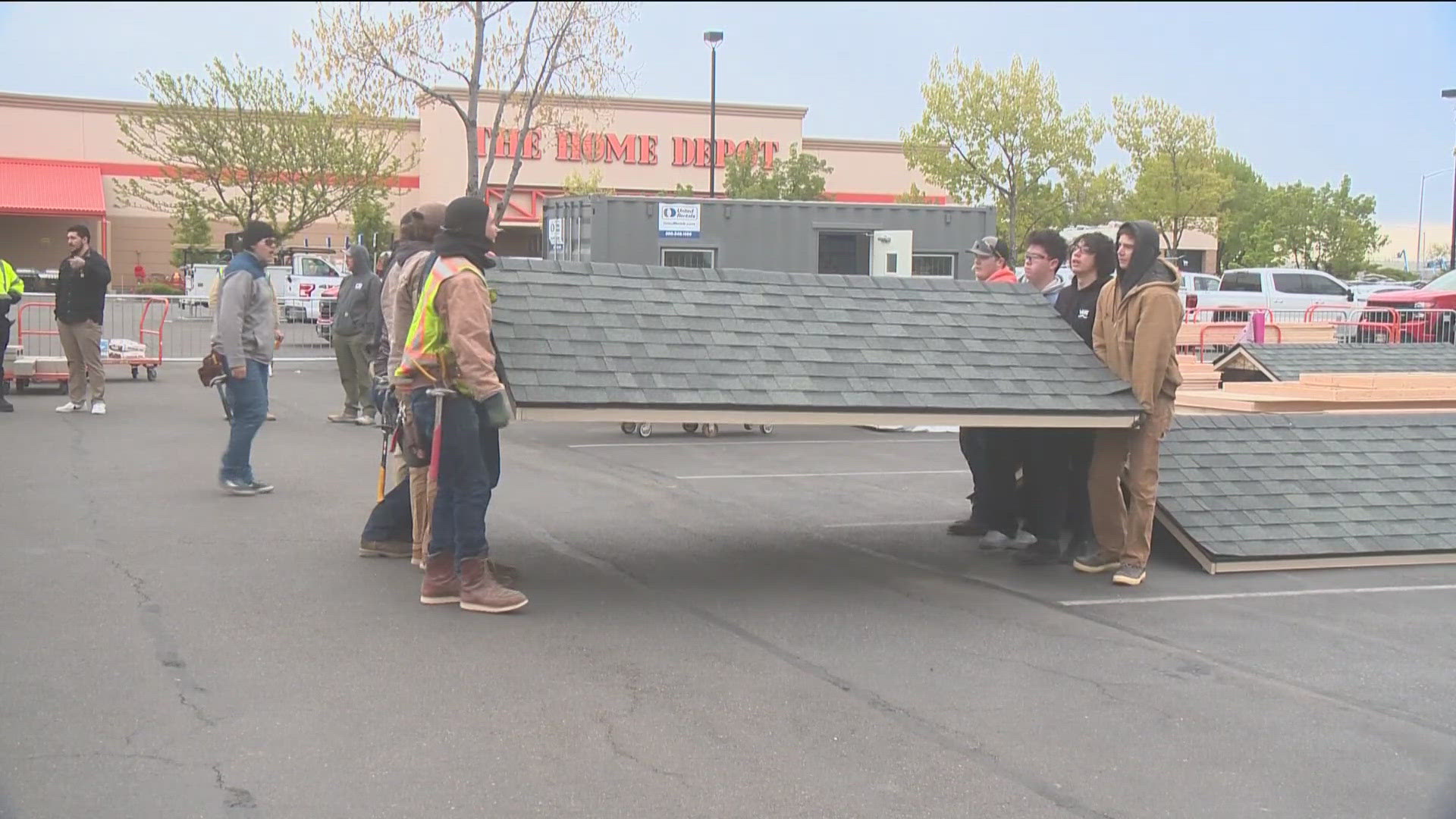BOISE -- Boise is known as the City of Trees, and through the years has had its fair share of famous trees.
The Harrison tree that grew on the Capitol grounds, the Tree of Gernika on Boise's Basque block, the Anne Frank sapling at the memorial downtown, to name a few.
But there is another, an astronomical tree you may not have realized has spread its roots in Boise's North End.
Lowell Elementary School recently celebrated its centennial. But there is one more reason the Lowell Leopards can celebrate their legacy. A sappy, down on its luck, loblolly pine.
In our country's third trip to the moon, the Apollo 14 mission was known for two things -- sending the oldest astronaut into space, and that astronaut, 47-year-old Alan Shepard, hitting a golf ball on the moon.
But the 1971 voyage was also known for what was being carried in the command module above -- tree seeds.
After 34 orbits around the moon, those 400 or so seeds were brought back to earth to germinate.
Saplings were sent all over the country and the world with one planted in Boise at Lowell Elementary in 1977.
"It's kind of special to be one of the few institutions to have one of the moon trees," said Principal Nick Smith.
However, Lowell's loblolly pine is now in peril.
Brian Jorgenson is Boise's city forester and says the lack of water and excessive heat has put the moon tree under a lot of stress, inviting an infestation of insects.
"The insects light up when they see a tree that is stressed and they send a shout out in the form of pheromones to all their buddies who congregate and start attacking the tree at the same time," said Jorgenson.
Seeping sap is the tree's natural defense against said attack from the sequoia pitch moth.
With the amount of pitch coming out of this tree, the insect is seeing some success.
But thanks to the assistance of the North End Neighborhood Association and Idaho Tree Preservation -- the moon tree's future may longer be waning.
It's been trimmed, treated for bugs, and the soil compaction is being handled. The next step is better irrigation to give it the 275 gallons of water it needs each week.
So the next generation of students can see a symbol of NASA's science experiments in space.
"Yeah, absolutely you know it's not every school in Idaho or the country has a moon tree, if we can help it to preserve and live on that would be great," said Smith.
"Not every tree has been up to the moon and back," said Jorgenson.


